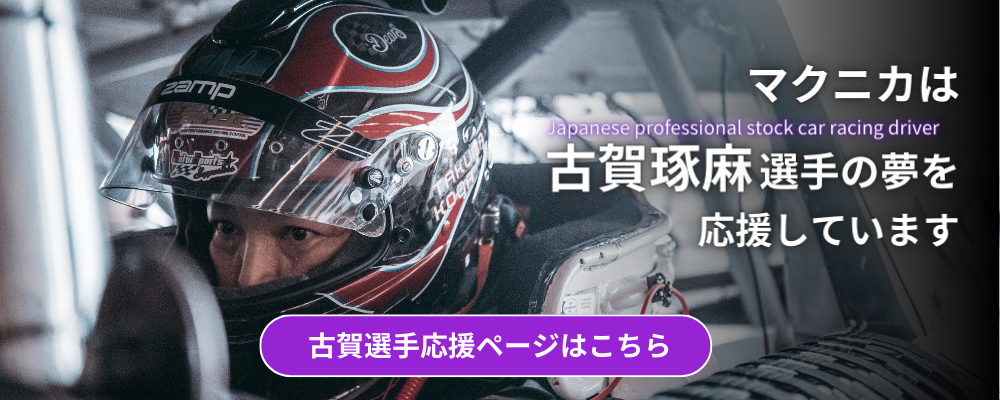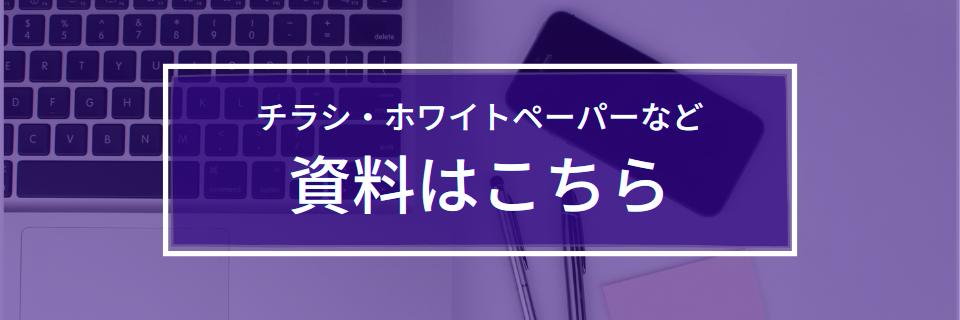Dramatically improves brain processing ability and spatial awareness ~ Takuma Koga talks about the real effects of visual perception training ~
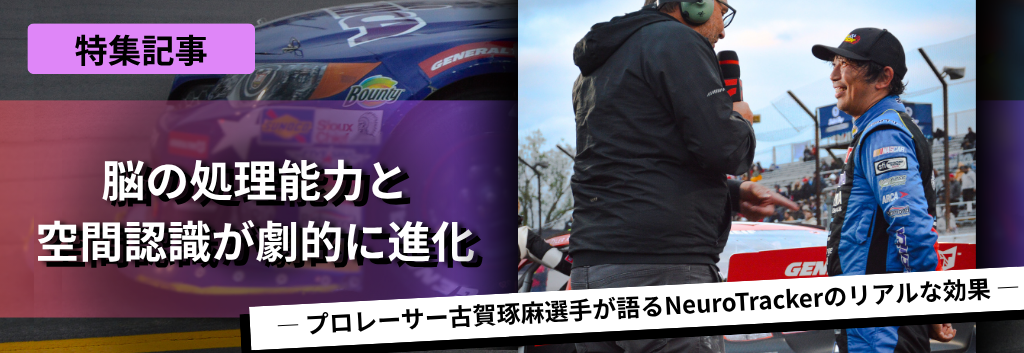
The extreme world of motorsports tests physical strength, technique and mental toughness.
In such an environment, we would like to see how much our visual perception training using NeuroTracker can improve your field of vision, judgment, and concentration.
Takuma Koga, an active NASCAR driver in the United States, who became the first Asian to finish third in NASCAR history in May 2025,
They undertook the training for three months and shared their own experiences and the real effects of the training.
What Koga experienced
Experience 1: "Spatial awareness has expanded" = "Feeling like I don't bump into things"
"The field of view has widened and I can now see naturally where the other cars are and how they are moving, so I no longer lose out in races."
The first thing I noticed was a reduction in the fear of speed and an expansion of spatial awareness.
During a race, at speeds exceeding 300km/h, even the slightest difference in field of vision can be fatal.
Even for experienced athletes, the fear of speed never completely disappears.
However, after I started training, I was able to naturally see the position and movement of surrounding vehicles even under stressful conditions, and I felt like my field of vision had broadened.
As a result, I feel I am now able to remain calm even in competitive situations, and the risk of crashing has been greatly reduced.
Experience 2: “Processing speed has increased” = More “room” in the brain
"My head feels lighter. It's like I've upgraded my CPU."
About a month after I started the training, I began to notice a change in the speed of my visual processing.
By the second month, I felt like I had created some space in my head, and I realized I had more room to think and make decisions.
I felt like my head was lighter and my PC's processing speed had improved, as if I had upgraded my CPU.
What I remember most vividly was the grueling race that took place in May.
I had clear visibility during the race and was able to calmly assess the situation.
Even when he was pushed from behind by a competing car and nearly spun out, he was able to control the clutch to prevent the engine from stalling instantly, and calmly take evasive action to avoid damaging his tires.
In the past, I might have become emotional about such an accident, but this time I think I was able to respond calmly.
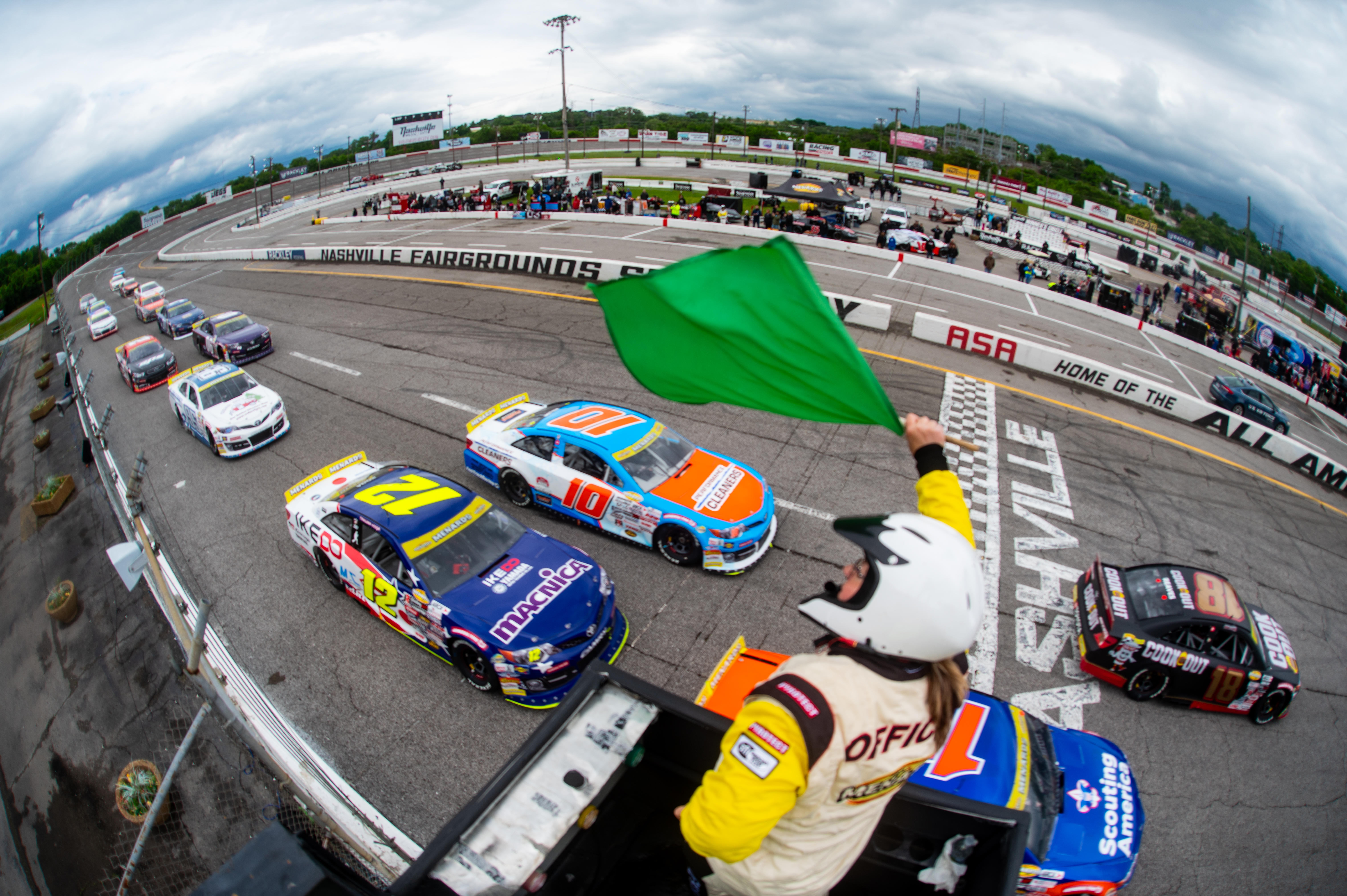
Experience 3: "The frame rate has increased" = A change in the "granularity" of the visible world
"It feels like the landscape I see has been divided into 500 parts instead of 100 parts."
Because I'm used to the high-speed world of racing, it's hard to notice normally, but the other day when I drove a racing kart for the first time in a while, I clearly felt the change.
The cornering lines, braking points, and distance between cars can now be instantly recognized in greater detail than before.
What previously took two laps to adjust my senses now only takes one.
In addition, when ordinary people drive a car, they will be able to recognize the surrounding situation in more detail, which will reduce overlooking road signs,
I feel that we can expect some benefits such as faster reactions to sudden jumps in the water.
Experience 4: Sensation of enhanced "spatial distance" = Sensation of a "scale" in space
I think its unique feature is that it can simultaneously track multiple moving objects in 3D space.
During training, the subject moves in three dimensions - forward/backward, up/down, and left/right - so the brain is constantly trying to grasp the subject's position and movement in three dimensions.
I feel that by repeating this process, I have developed my ability to accurately grasp the distance and depth of an object, or what is known as spatial awareness.
It feels like there is a scale markings in space, and I feel like my grasp of distance has become more accurate.
Training routine is key
Koga divides his time between Japan and North America, and he trains every day at 8 a.m. no matter where he is.
By "keeping the environment as constant as possible," we were able to accurately sense daily changes in conditions.
Although I was concerned about my scores at first, I gradually realized the importance of"persistence"rather than numbers.
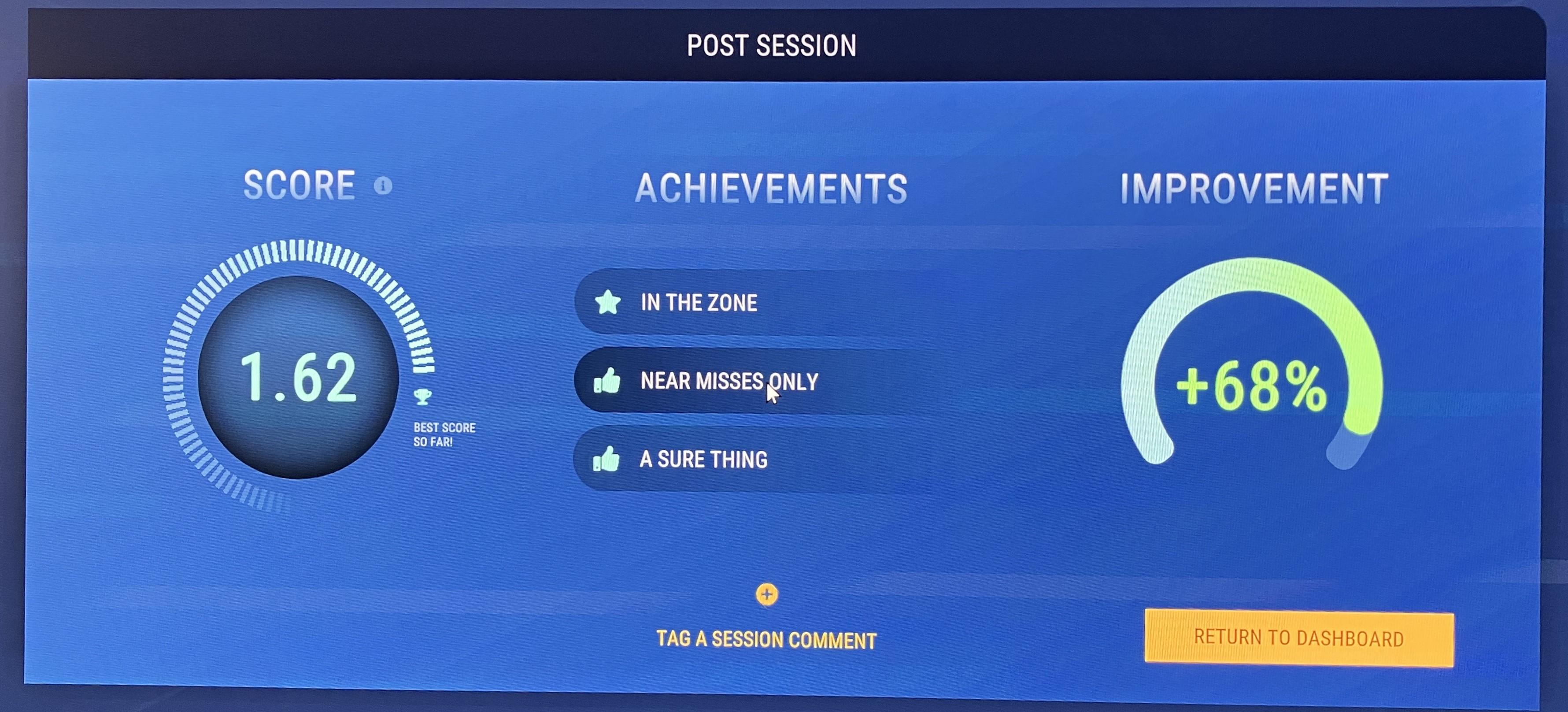
"Such changes occur in everyday life..."
When Koga is away from racing, he often thinks about his own business.
I generate ideas from various information in my head, but I feel like I can process these information and ideas by dividing them into "folders" in my brain.
He says that self-brainstorming "cleared my mind and made my decisions clearer."
Summary: "Training your brain makes everything clear."
Koga now has a routine of training before races.
I began to feel that even if my score was bad, it had a positive effect on my concentration and spatial awareness during the race that day.
"It's like a magic spell that clears your mind. After the training, your thoughts become organized, like the pieces of a puzzle falling into place."
It can truly be said that by training your brain, your vision, thoughts, emotions, and everything else can be balanced.
In the future, they would like to increase the load in some way, such as by combining it with physical training.
Vision, recognition, processing ability-we are already entering an era in which brain training will become a new weapon for continuing to achieve results in the professional world.
Summary
This is one of our pioneering projects. NASCAR To racer Koga 3 Months of visual perception training produced astonishing results.
NeuroTracker So, 3D Because it identifies and tracks objects in space, it is designed not just to "train vision," but to develop the brain's three-dimensional tracking ability.
As a result, the following effects are seen:
・Not only vision, but spatial judgment, position memory, and prediction abilities are all strengthened.
・It enables dynamic spatial recognition, such as "the distance is close" or "it is approaching" in an instant
・The granularity of the surrounding information that can be instantly recognized increases, making it possible to respond at an earlier stage
・The ability to perceive depth = stereoscopic perception is useful in everyday life and in professional settings
“Brain training will definitely become common sense."
Koga's real-life experience points to that future.
NASCAR Official Web News
Koga has commented on NeuroTracker on the NASCAR official web news.
news
This year's NASCAR will be broadcast for free on AbemaTV! Every Tuesday from 6pm, there will be commentary by Koga.
Even if you've never seen it before, you can enjoy it for free with easy-to-understand explanations. Please check it out!
URL:https://abema.tv/channels/motor-sport/slots/DjD18S2Z2VFEhD
Please see below for the schedule of NASCAR races in which Koga will be participating.
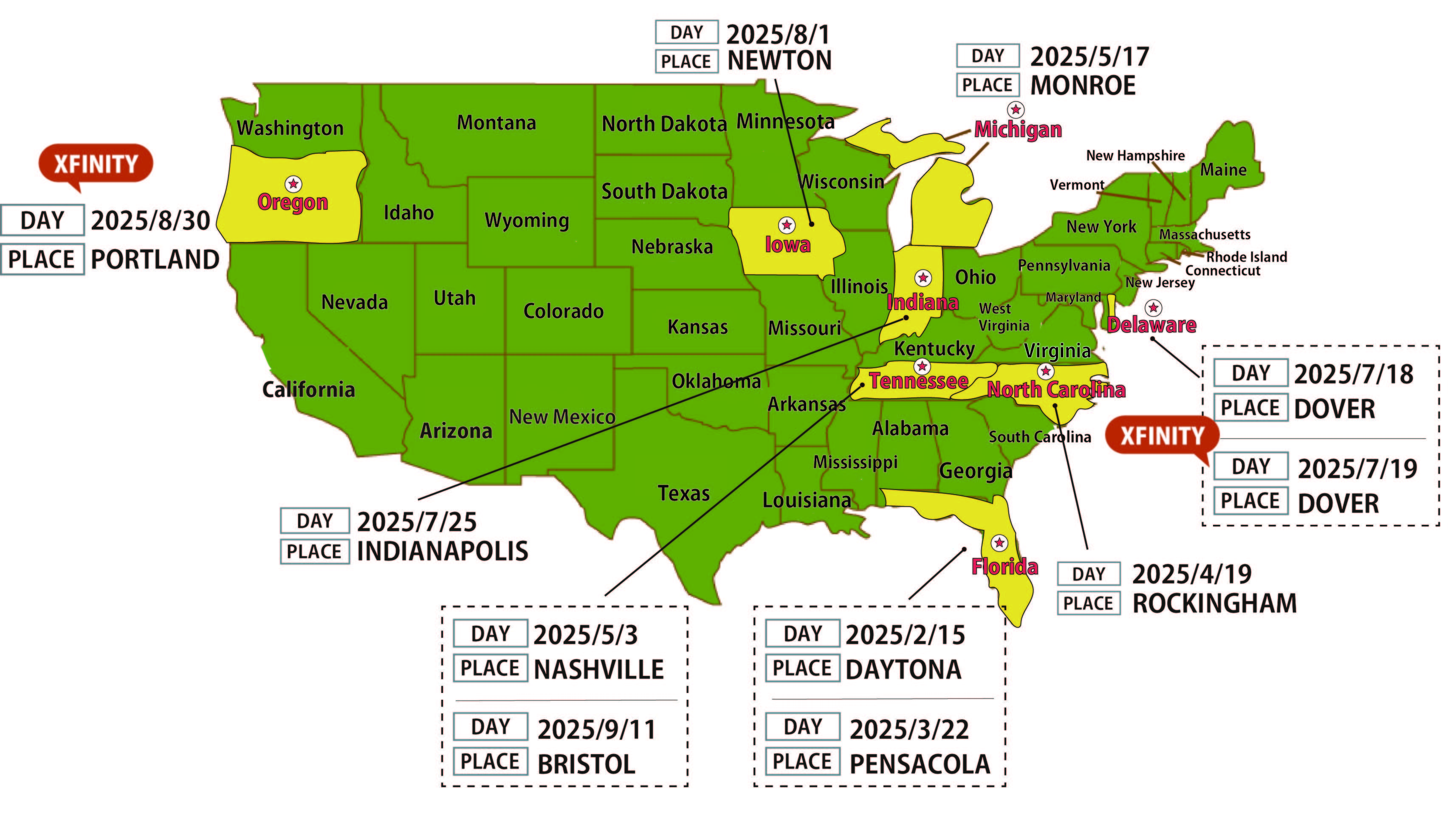
Related information
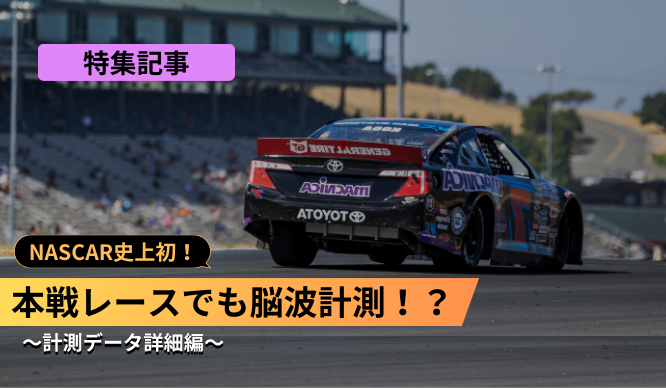
A first in NASCAR history! Brainwave measurements during a race!? -Details of measurement data-
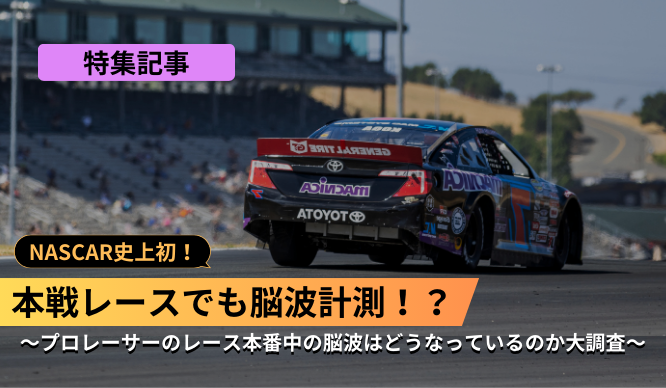
A first in NASCAR history! Brainwave measurements during a race! ~A big investigation into what happens to professional racers' brainwaves during the race~
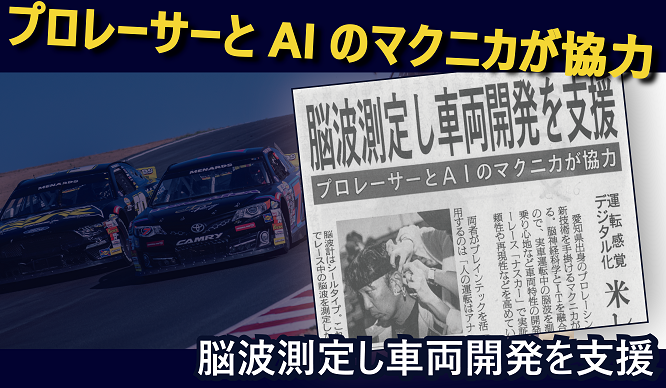
Article published in the Nikkan Jidosha Shimbun: Professional racers and AI company Macnica collaborate to support vehicle development by measuring brainwaves
Document download
We have information related to Brain Tech, such as catalogs and white papers, so if you would like to know more, please download the materials here.
Inquiry
If you have any questions regarding this article, please contact us below.
